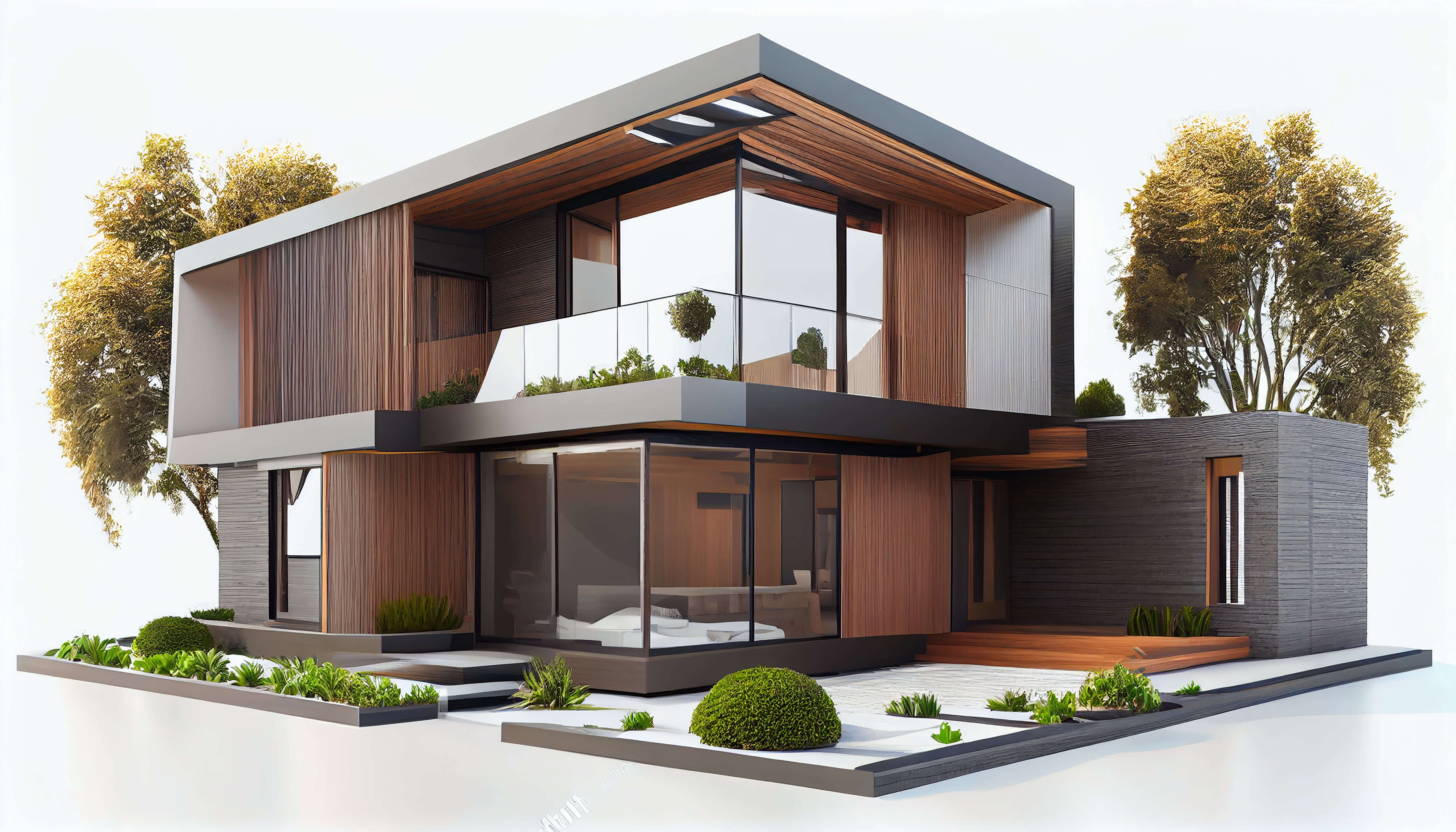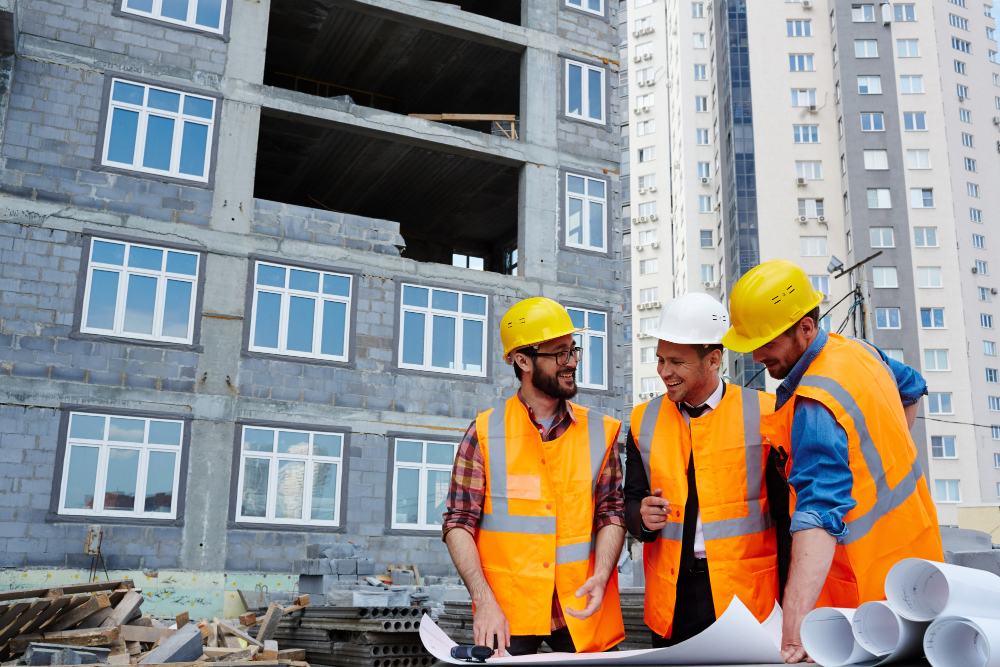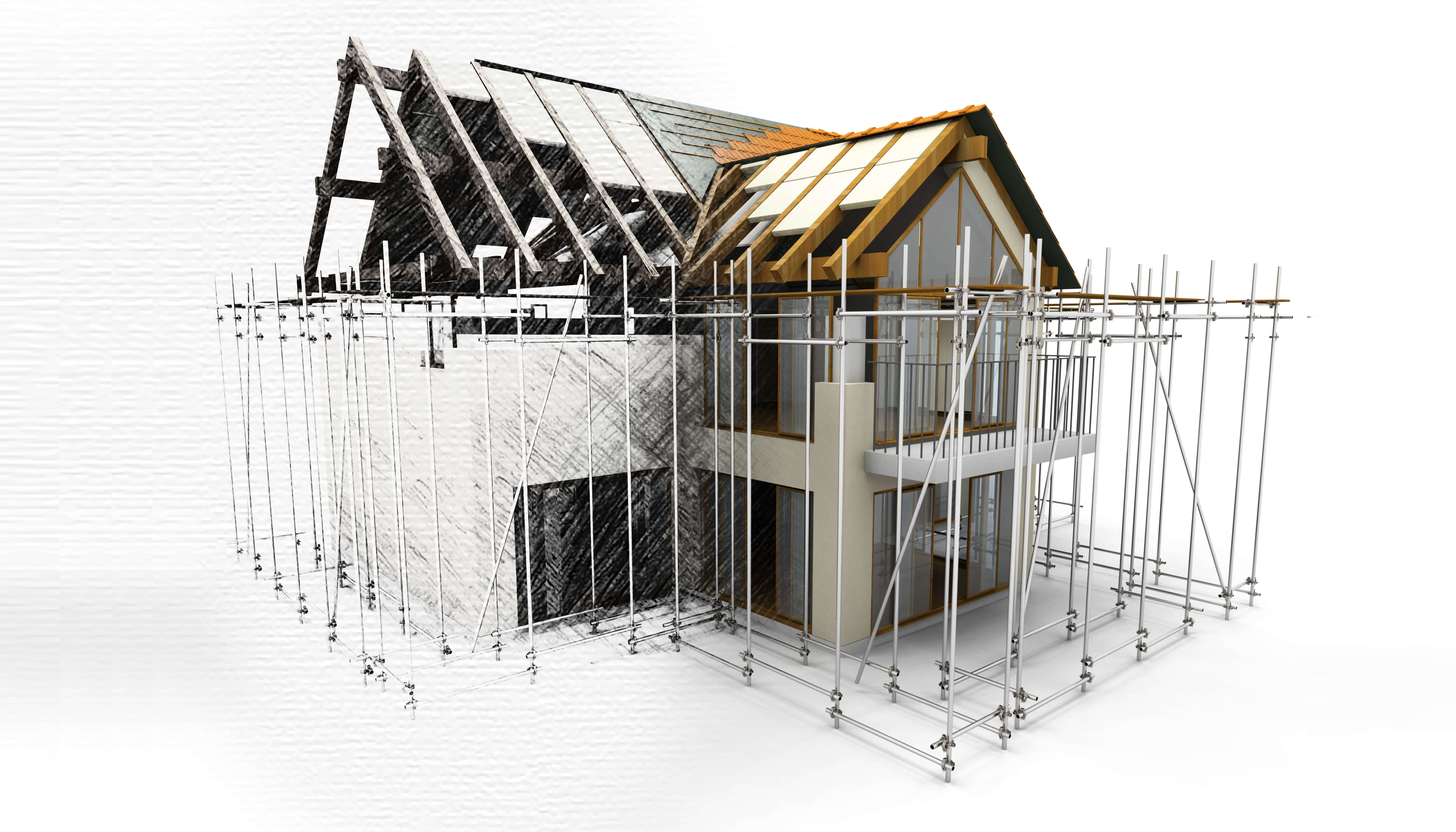SERVICES
HOME / SERVICES

Residential Construction
Residential construction involves the design and construction of homes, apartments, and other living spaces. It encompasses various phases, from initial planning and architectural design to the actual building process. Construction materials, such as concrete, steel, and wood, play a crucial role in creating durable and aesthetically pleasing structures.
Skilled labour and adherence to local building codes are essential to ensure safety and quality. Sustainable and energy-efficient practices have become increasingly important in modern residential construction to reduce environmental impact and lower long-term operating costs.
Commercial Construction
Commercial construction focuses on building structures for businesses and enterprises. It encompasses a diverse range of projects, from office buildings and retail spaces to industrial facilities. Detailed planning and design are essential to meet the unique needs of each business, ensuring functionality and aesthetics.
Commercial construction often involves complex systems for heating, ventilation, and electrical requirements. Sustainability and accessibility considerations are increasingly integrated into commercial construction projects to meet environmental standards and provide inclusive access for all.


Project Management
Project management is a structured approach to planning, executing, and completing projects efficiently and effectively. It involves defining project goals, establishing timelines, and allocating resources to meet objectives.
Project managers oversee teams, facilitate communication, and mitigate risks to keep projects on track. They also monitor progress, make adjustments as needed, and ensure the project is completed within budget. Effective project management is essential to achieve successful outcomes.
Architecture and Structure
Architecture and structure are intertwined elements in the design and construction of buildings. Architecture focuses on the aesthetic and functional aspects of a structure, encompassing its visual appeal, layout, and user experience. In contrast, structure pertains to the engineering and material components responsible for a building's stability and safety.
Successful architectural design and structural engineering collaborate to create a harmonious and enduring edifice. Balancing form and function is key, as an architect's vision must align with structural principles to ensure a building's longevity and safety. The collaboration of architects and structural engineers is vital in creating iconic and structurally sound architectural landmarks.


Interiors and Smart Home
Interiors refer to the design and arrangement of a home's inside spaces, encompassing aesthetics, functionality, and comfort. Smart home technology integrates advanced electronics and automation into interior spaces to enhance convenience and energy efficiency. This includes features like voice-activated assistants, smart thermostats, and security systems.
The synergy of well-designed interiors with smart home technology can create a modern, connected living environment, where lighting, climate, and security can be controlled remotely. The future of interior design increasingly involves the integration of smart home elements to elevate the quality of life and redefine residential living.

